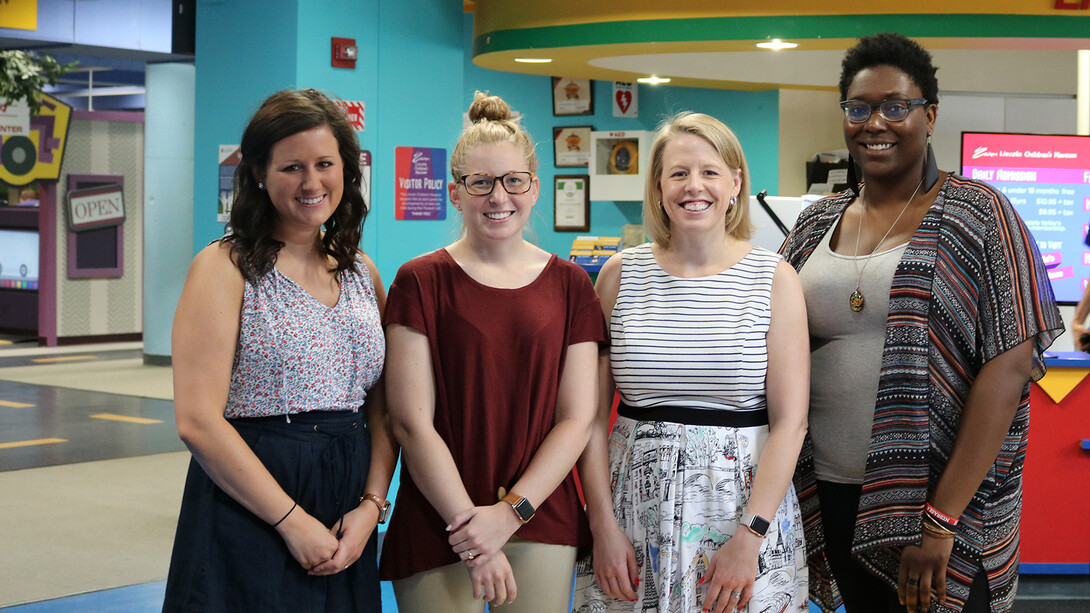
A new tool on the Lincoln Children’s Museum website, created by a team of Huskers for their graduate school psychology program, is aiming to make the museum more accessible for children with learning disabilities.
The tool, a social story, is a narrative that explains how a person should act in a particular situation. The stories are written from a first-person perspective and can be used by children with autism to prepare them for settings which may otherwise be uncomfortable.
The social story is the result of a project led by Emily Dorsey, assistant professor of practice in special education and communication disorders, alongside graduate school psychology students Micheale Marcus, Katie Mosher, Rachel Schumacher and the late Alicia Kruger.
“This social story allows these children, who may initially be overwhelmed by all the exhibits, to gradually be exposed to them so they are prepared when they visit the museum,” Marcus said. “The social story also provides examples of appropriate play-based activities for each exhibit, in addition to staying safe and playing with peers in the museum.”
Lindsay Bartlett, director of community and learning at the museum, said the collaboration with students at Nebraska came naturally.
“Working with the university is such an obvious choice for us,” Bartlett said. “We have many volunteers who are students and several faculty members have ongoing research projects with us. Reaching out to the university for this project was a natural expansion of our current partnership, one that we hope continues to grow.”
The final product is a 43-page document on the Lincoln Children’s Museum website detailing how to identify museum staff, locations for quiet rooms, restrooms and snacks, and what each exhibit entails.
“This project is the result of excellent teamwork,” Schumacher said. “It was a good reminder of the things that most people take for granted on a daily basis. It can be harder than you think to really break down something most people find so common into smaller steps and to anticipate what may be challenging for a child with autism.”
Bartlett hopes that the availability of this tool will open up the possibility of visiting the museum to more children and families.
“It’s our goal that all families and children feel welcome and have a positive experience at the museum,” Bartlett said. “If this social story and website enhancement helps just one family have a more positive experience here, then it was well worth the effort.”







